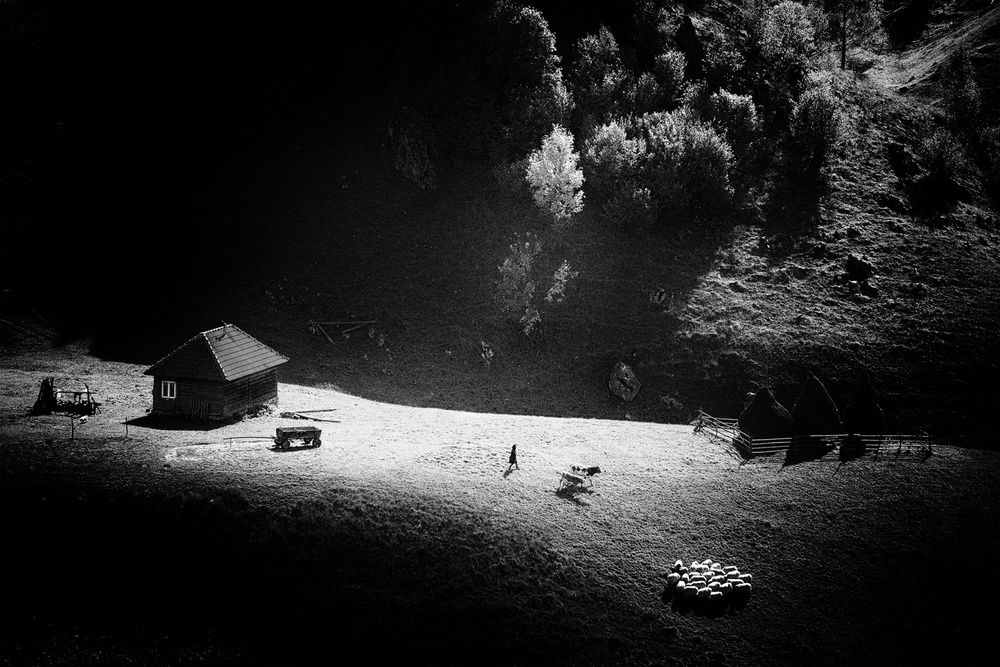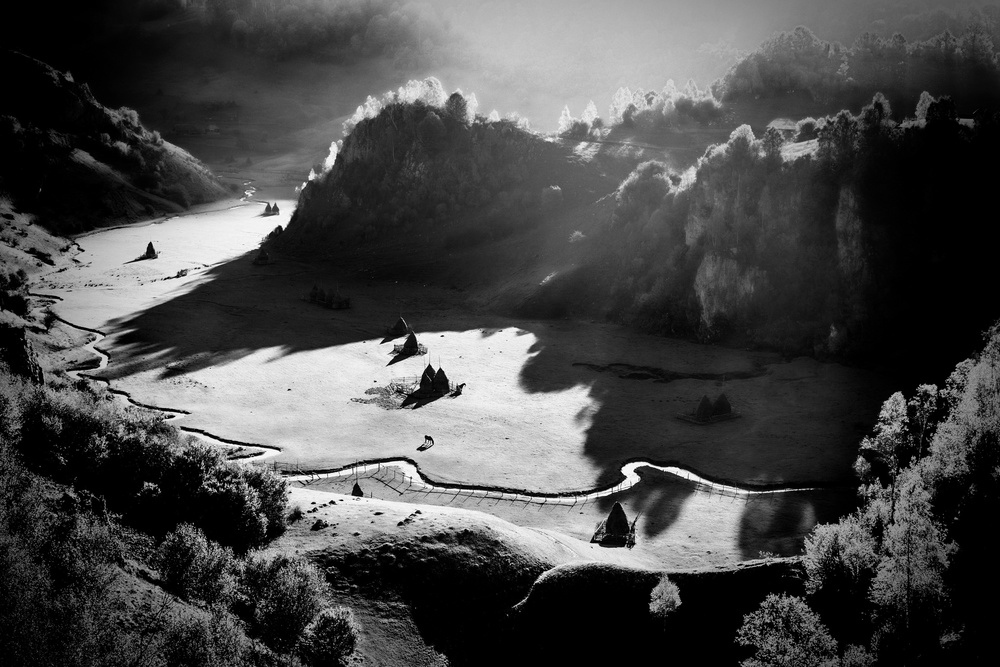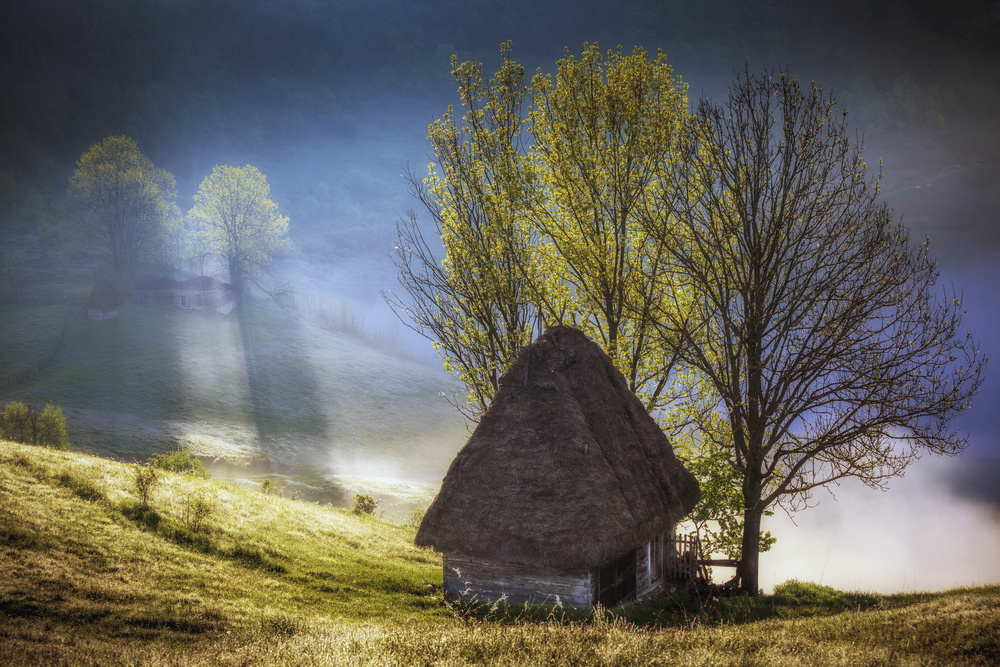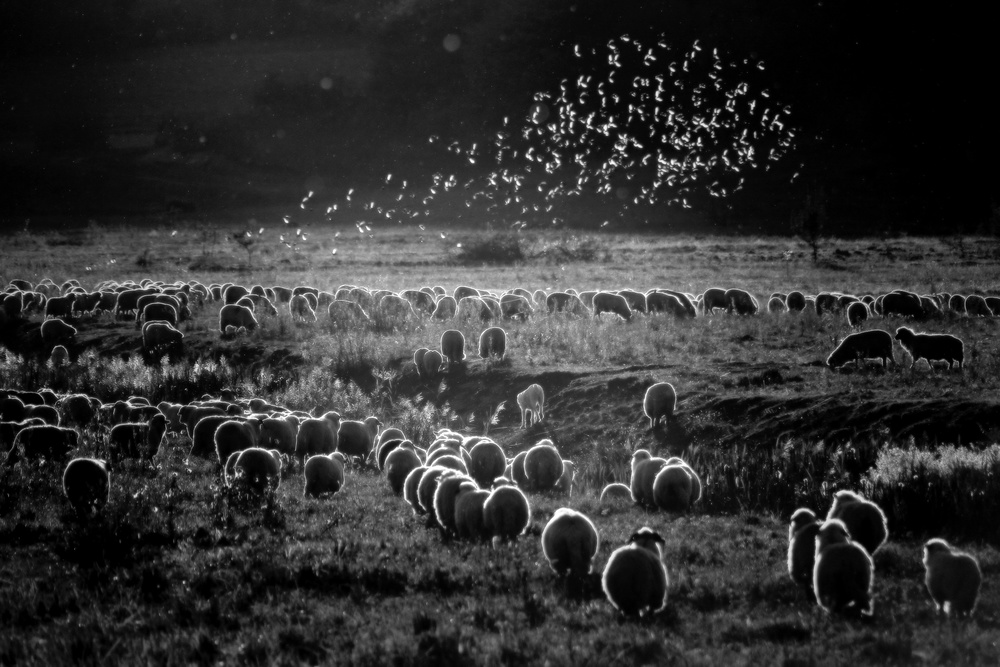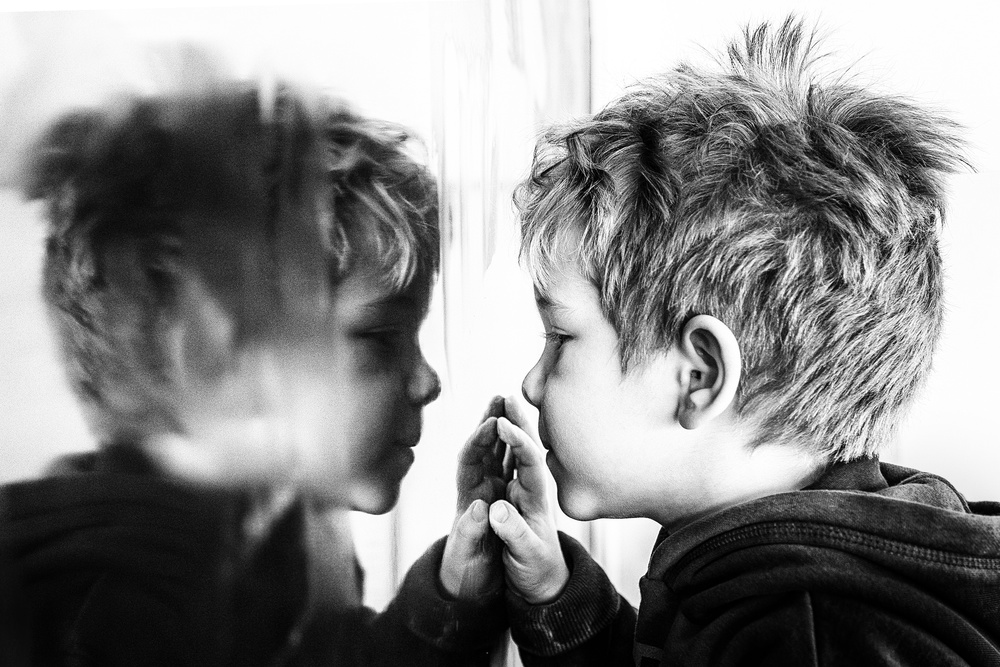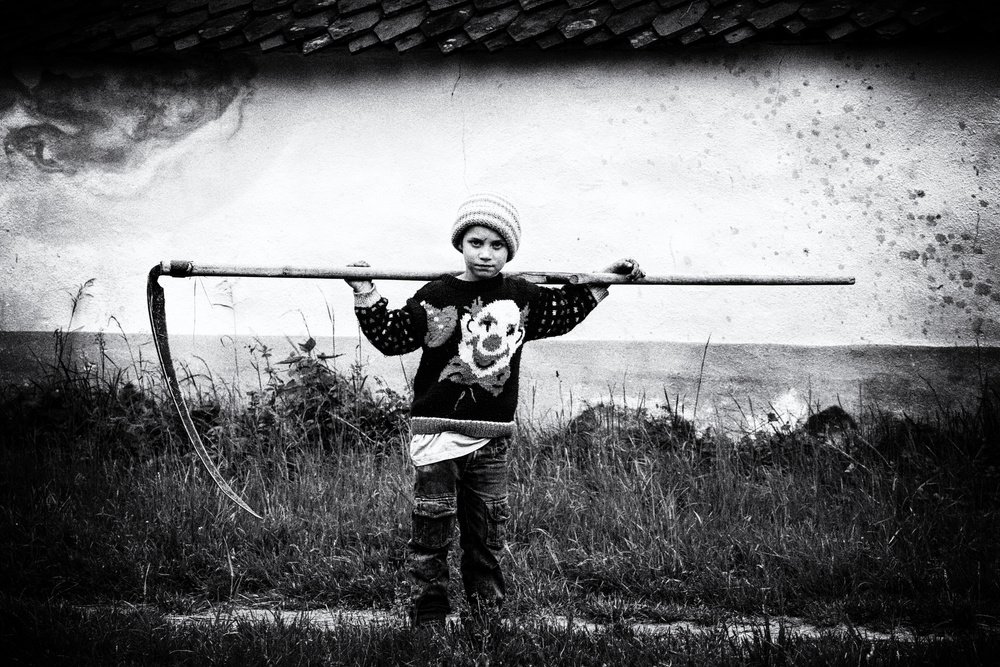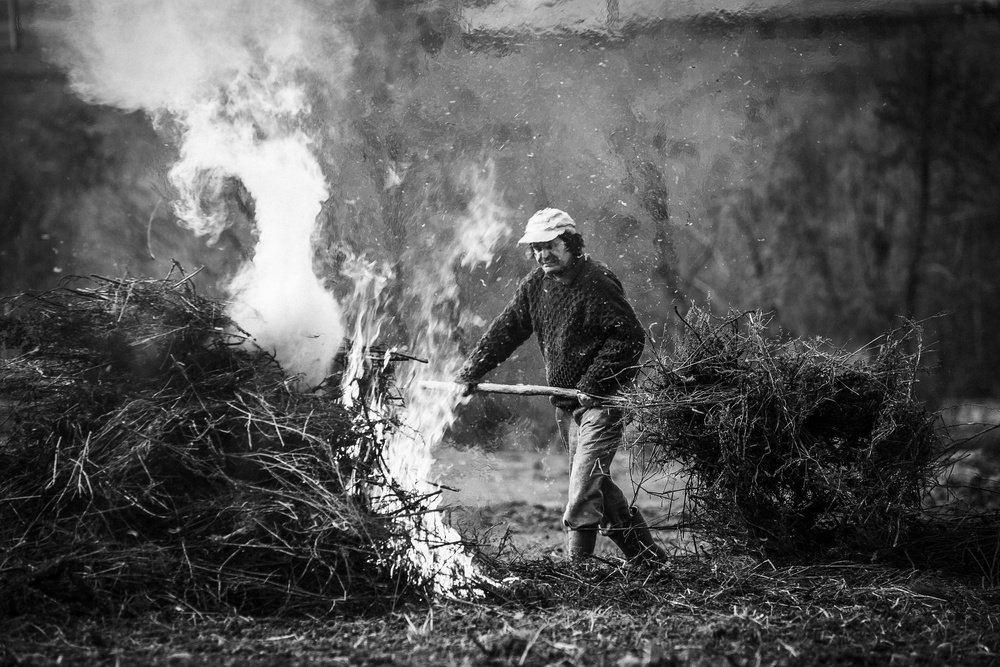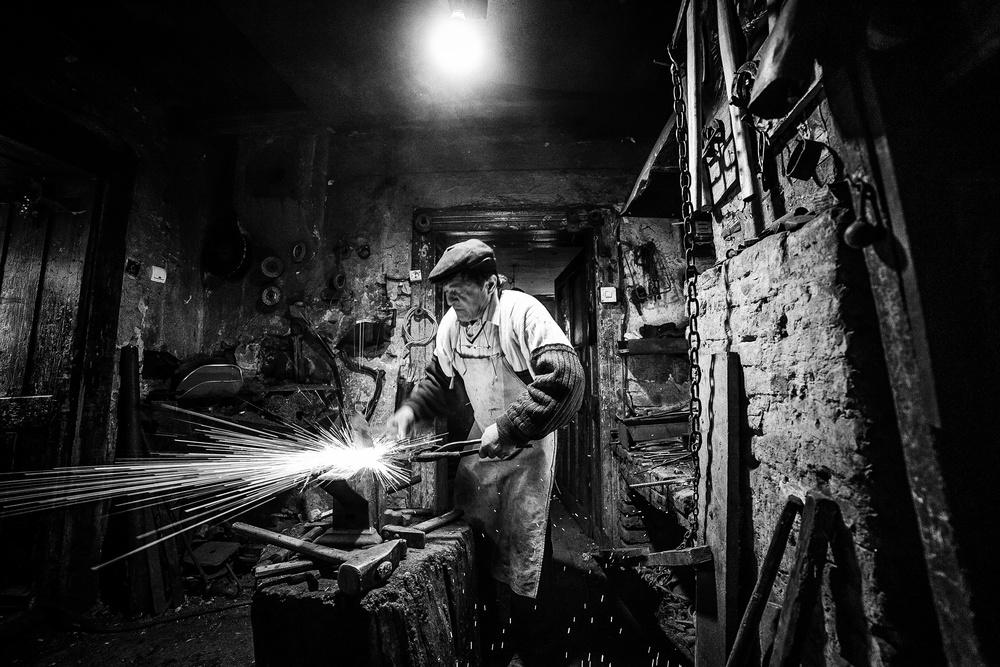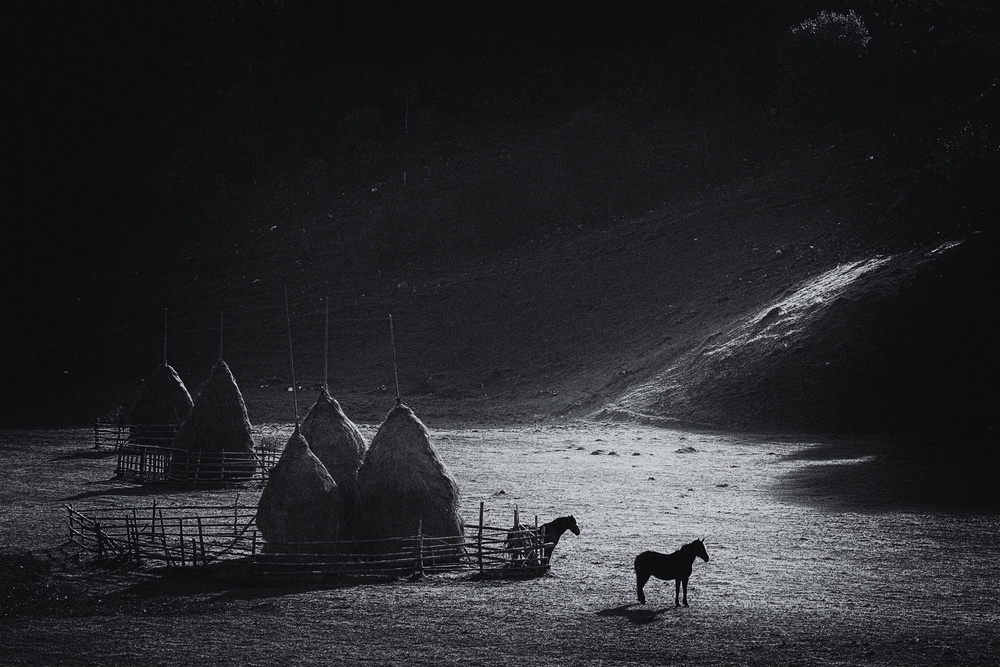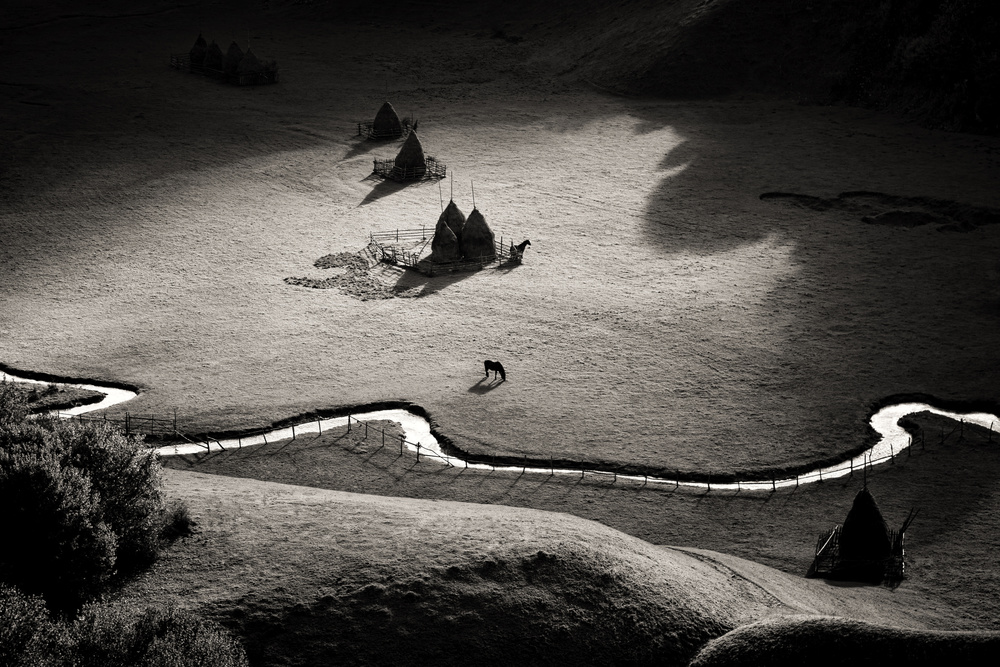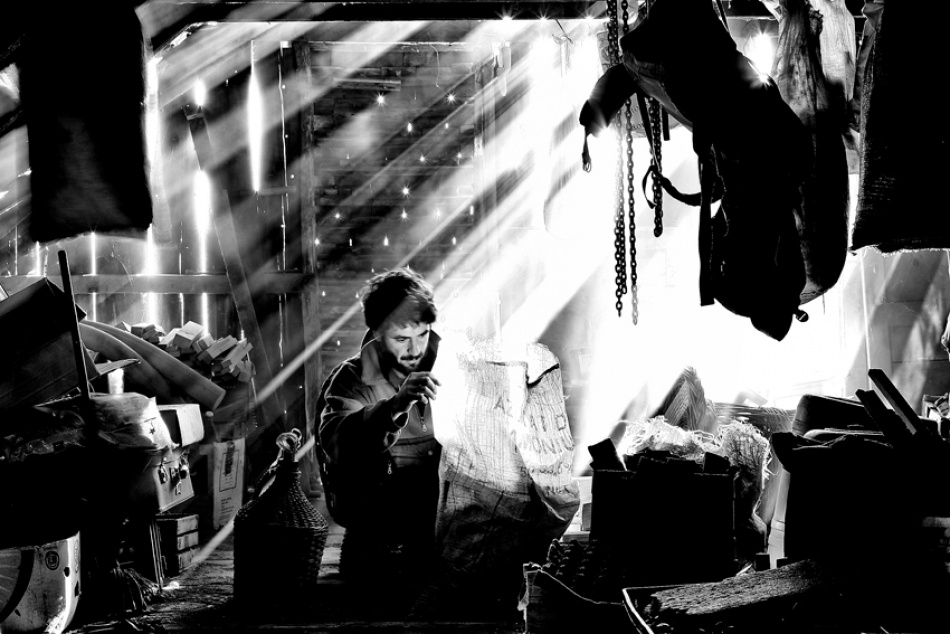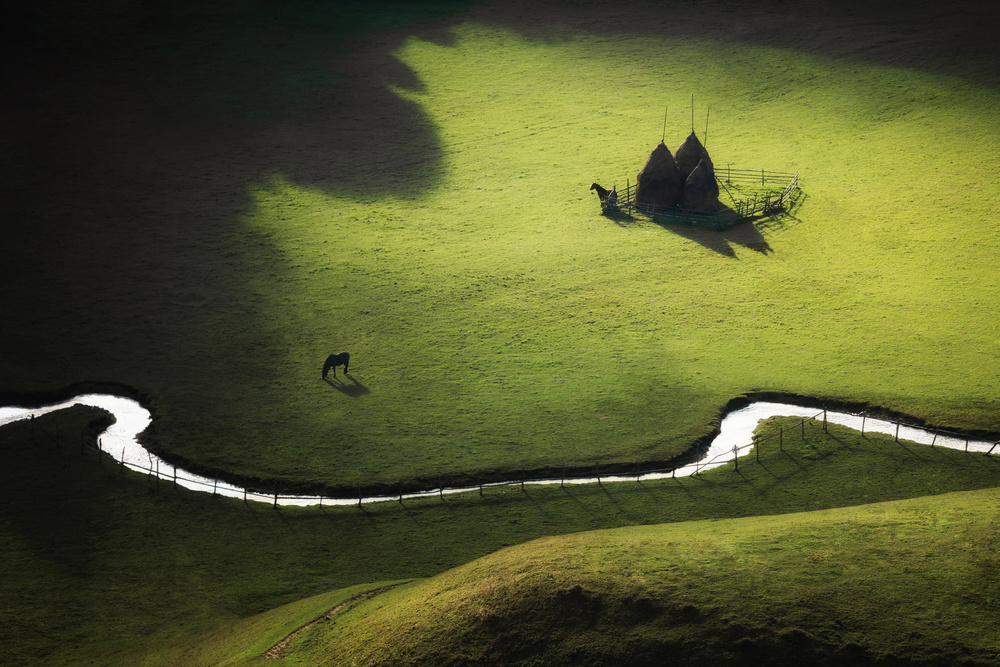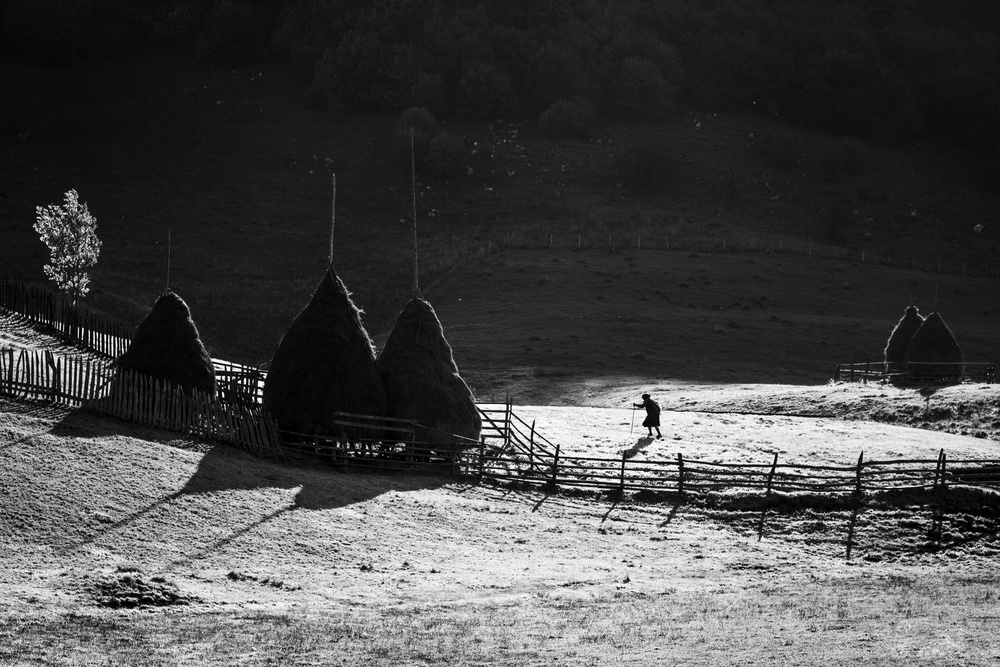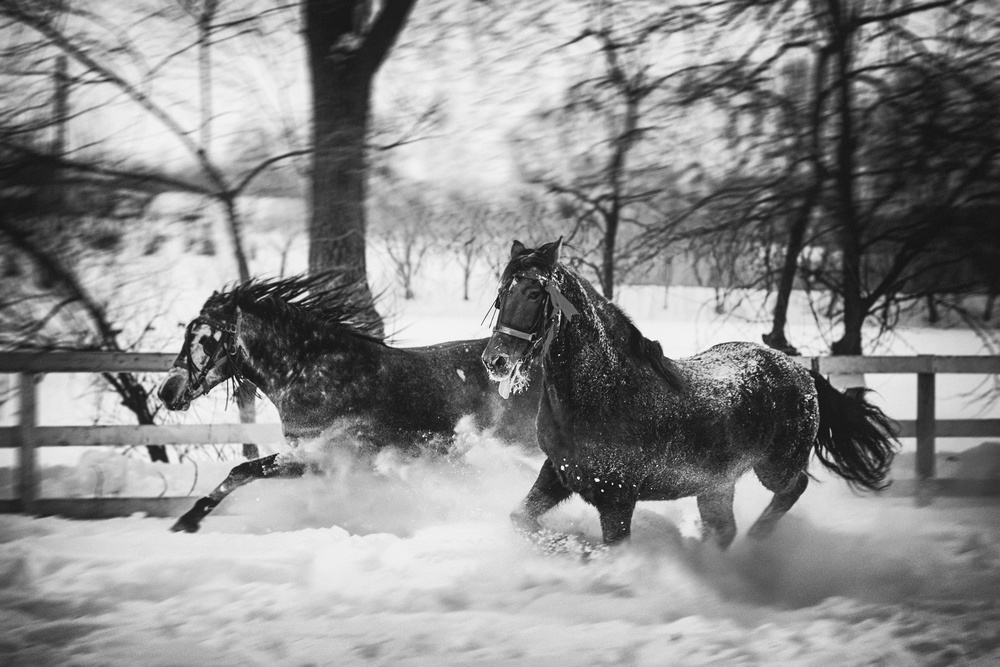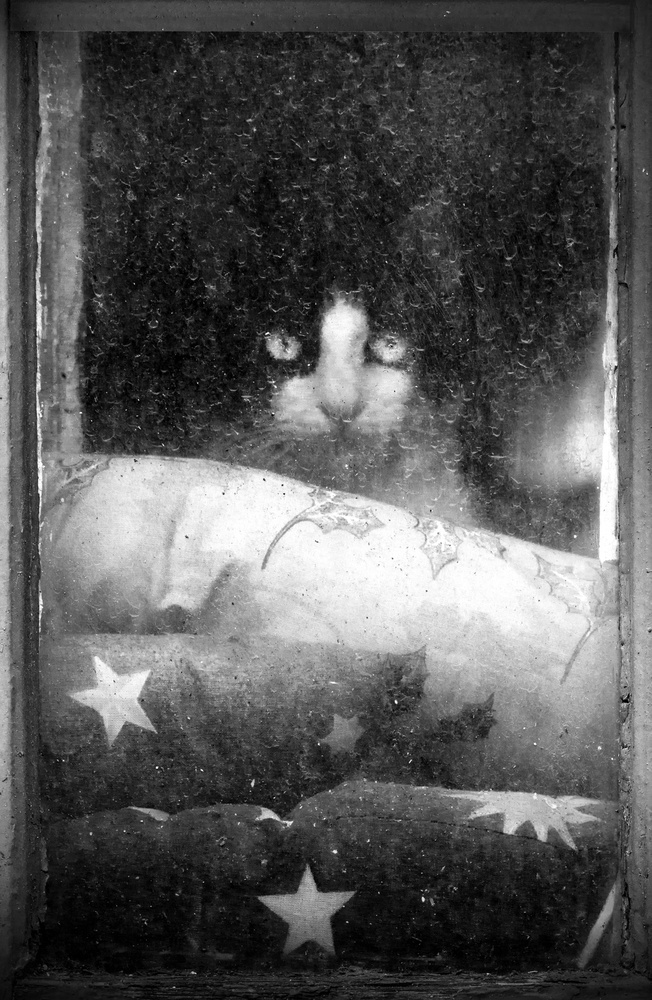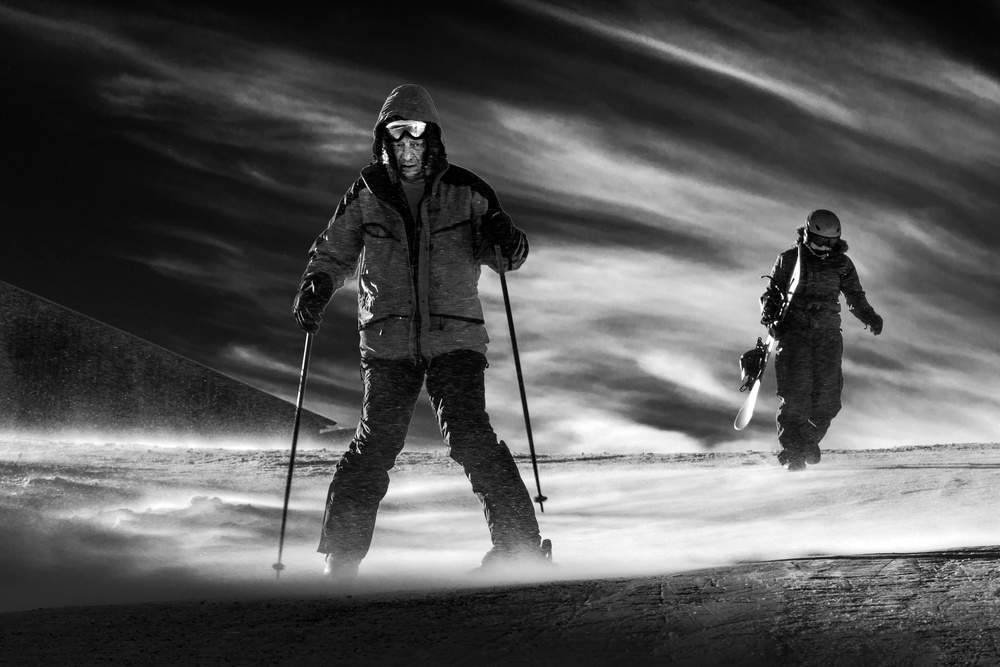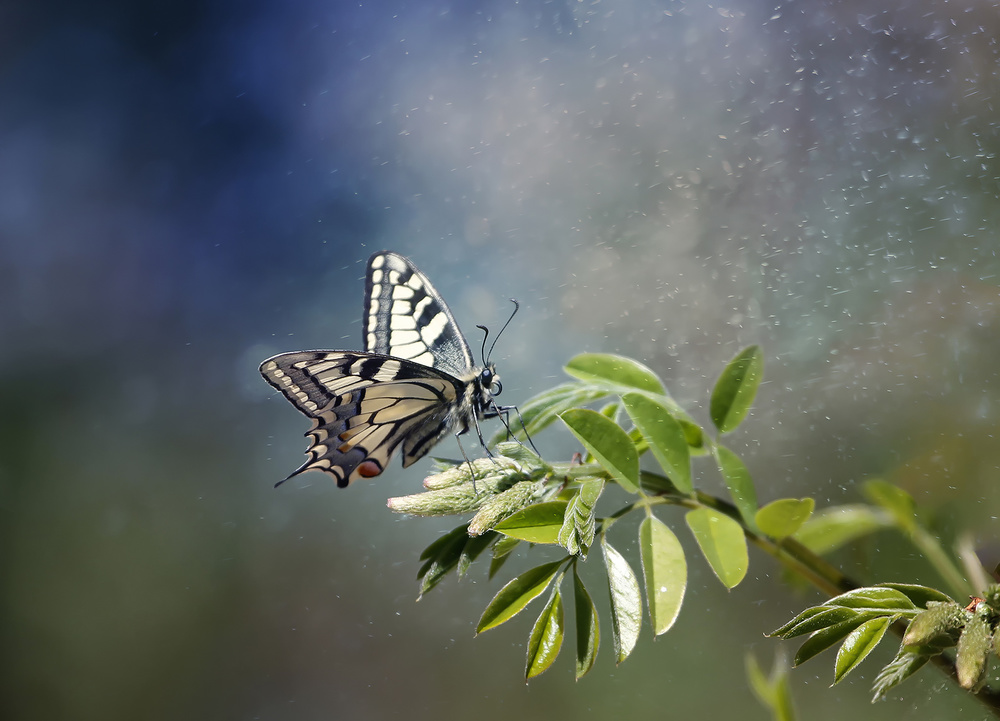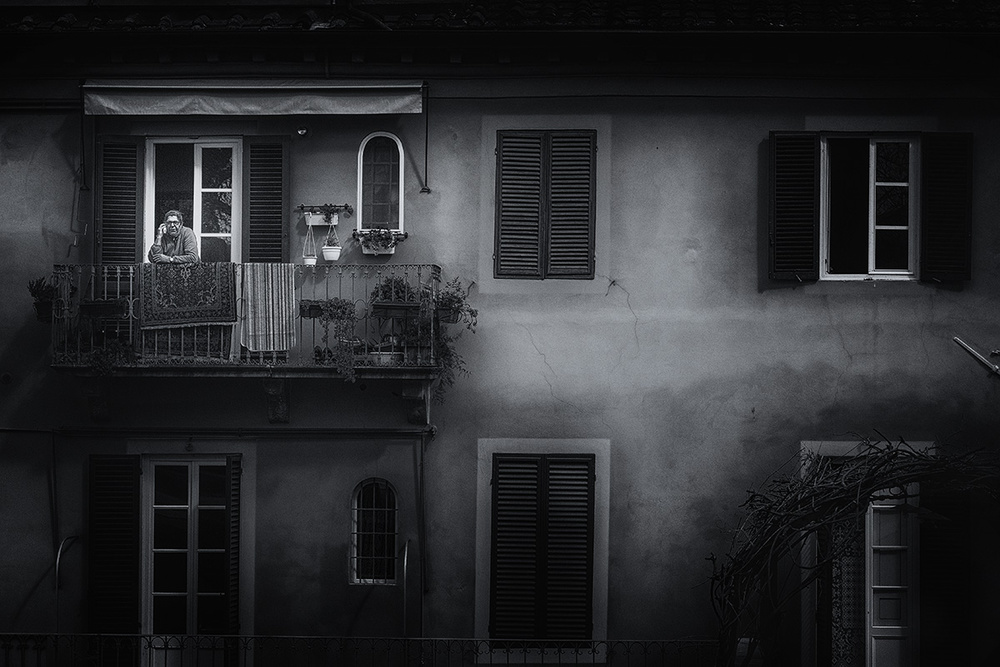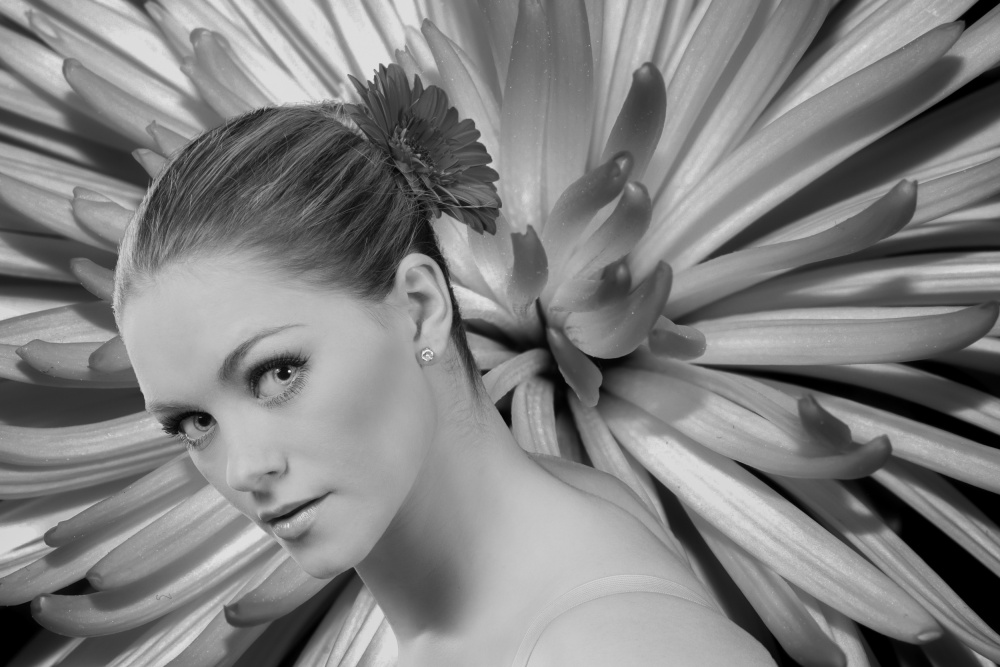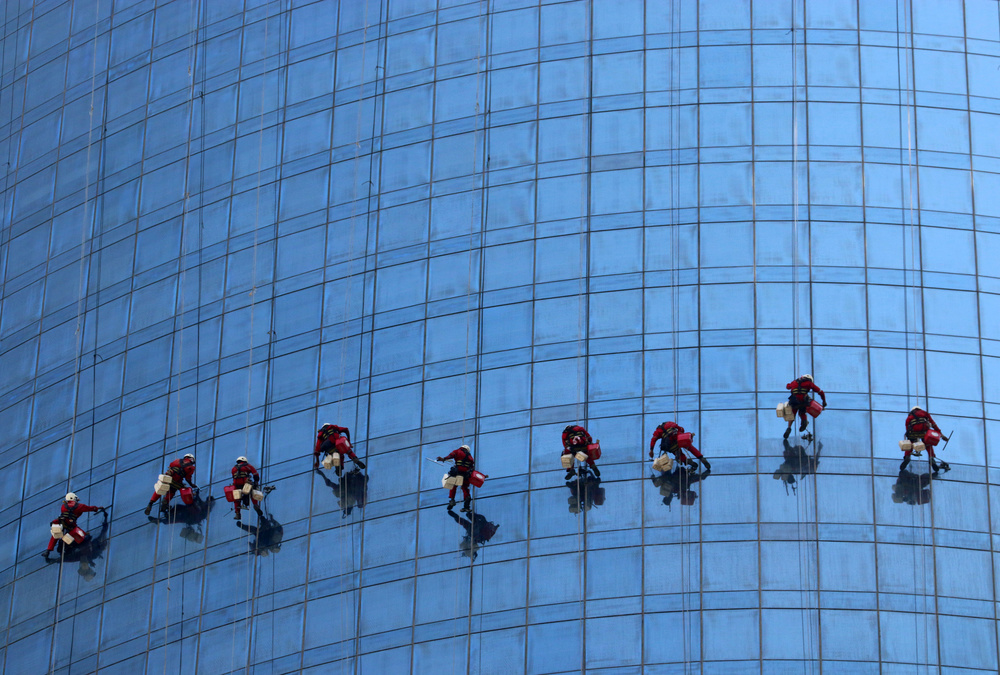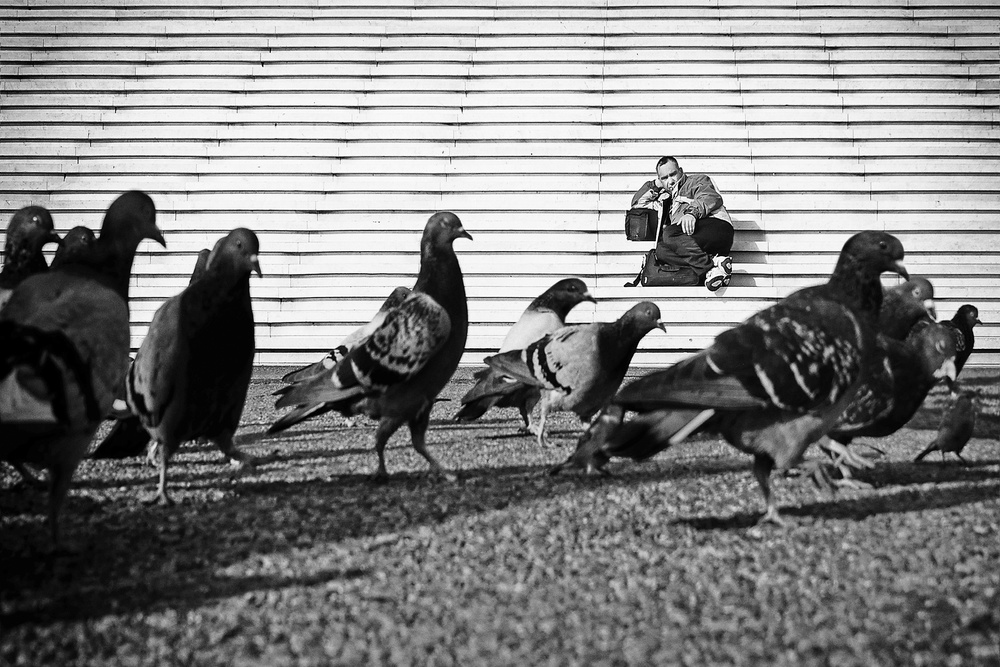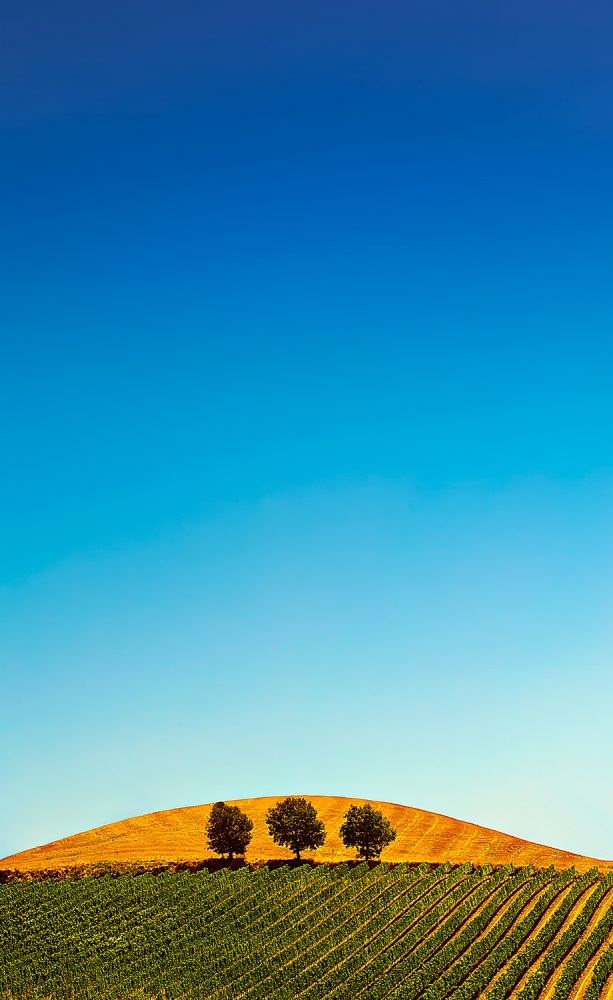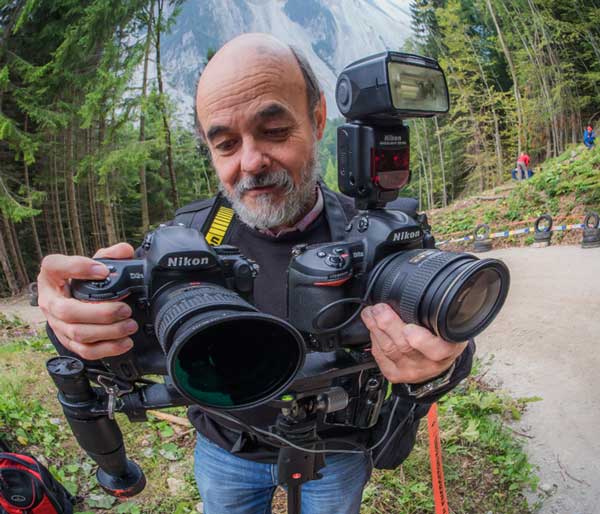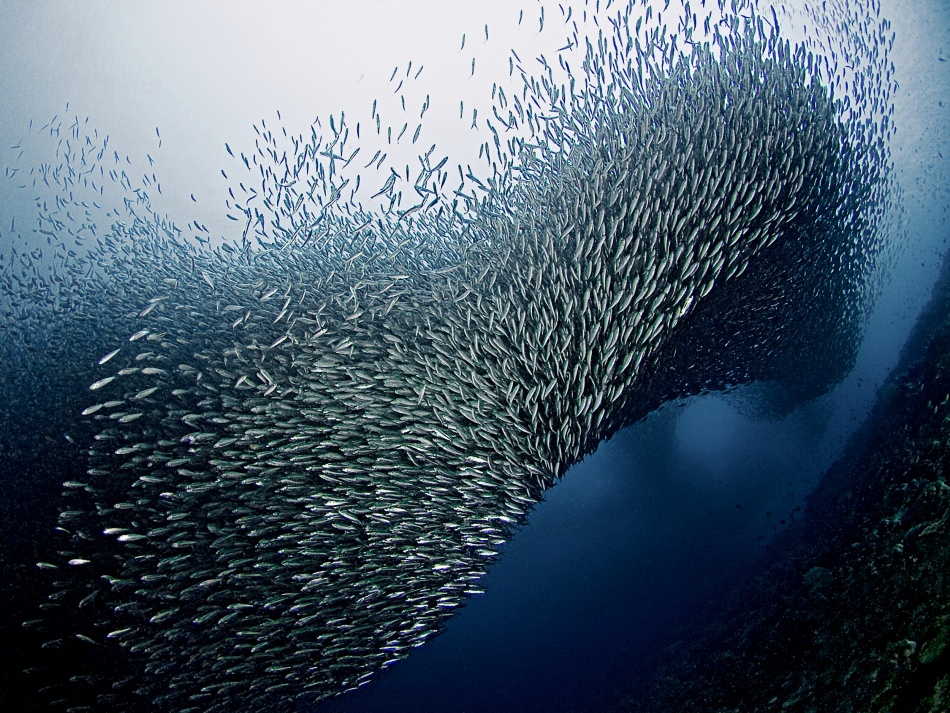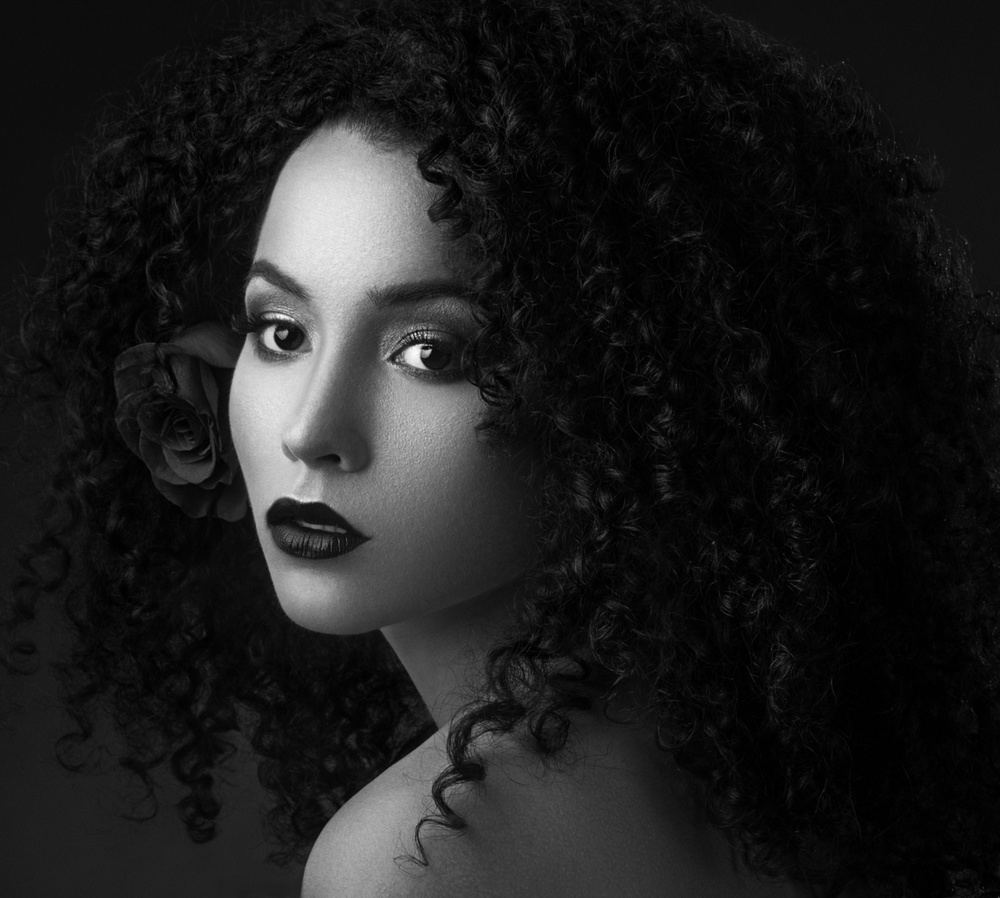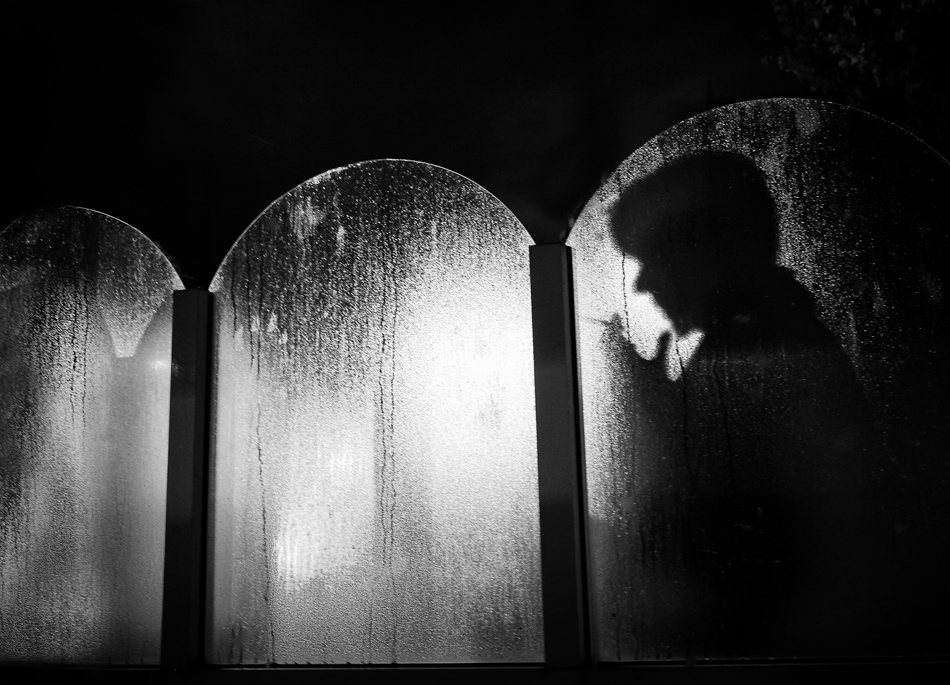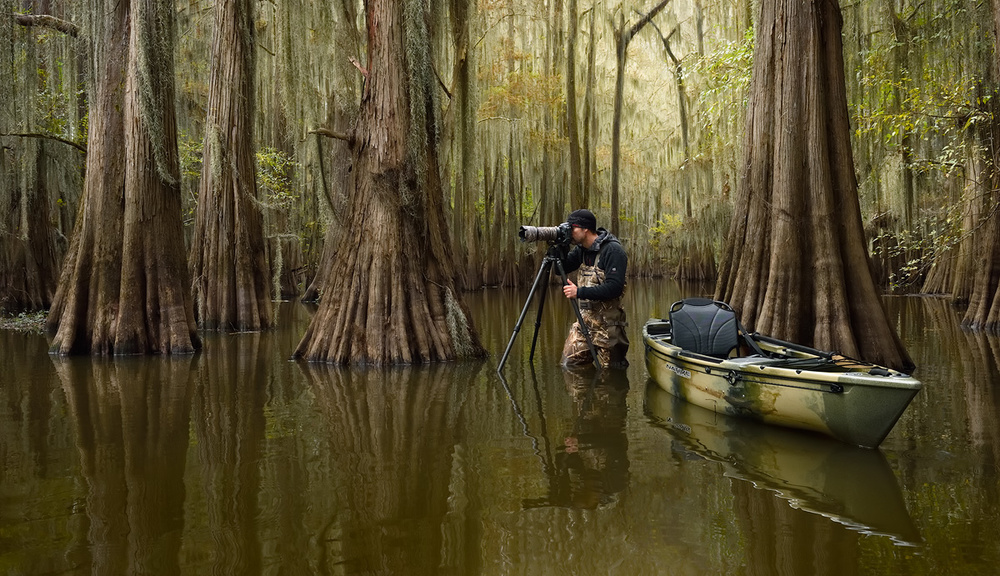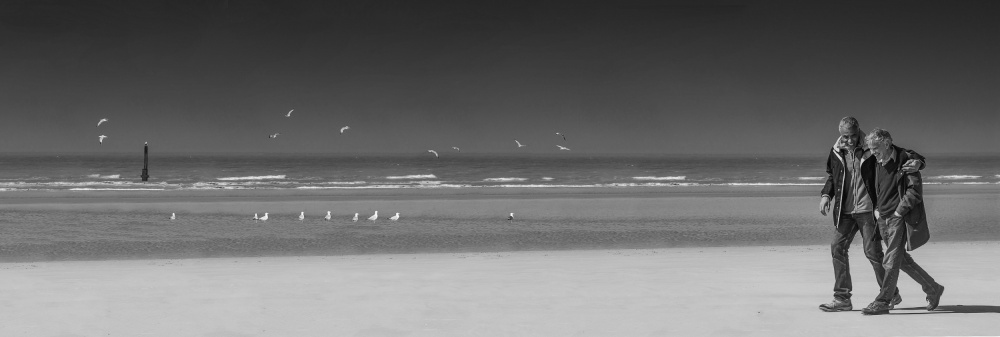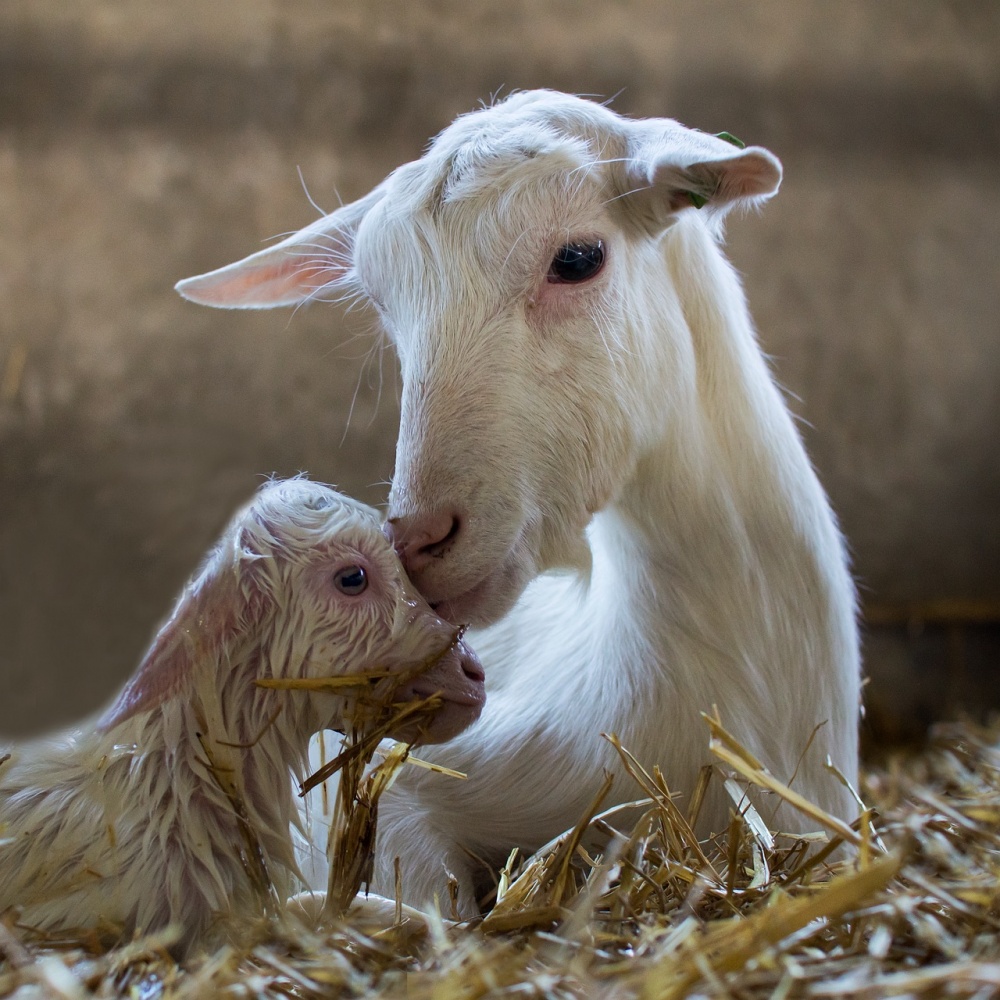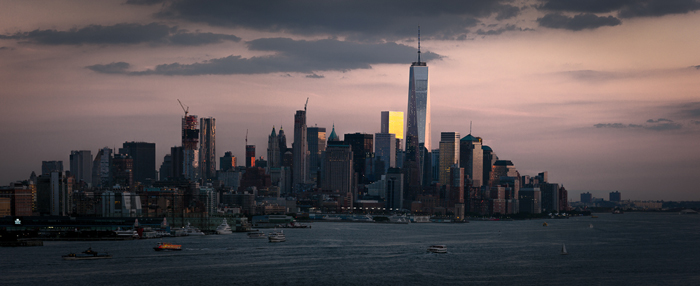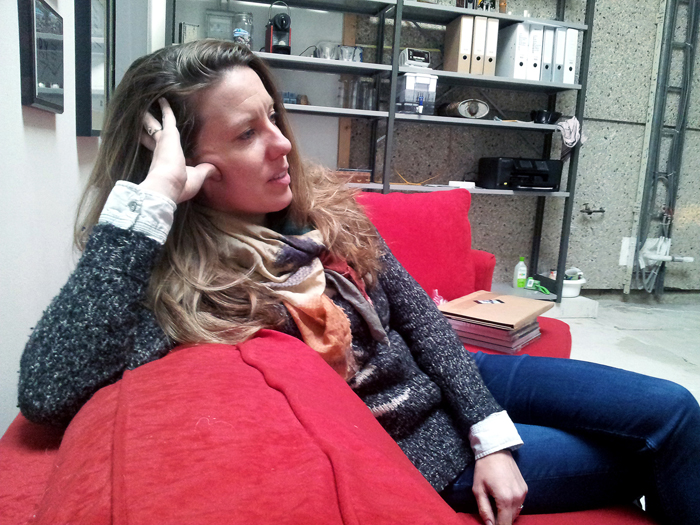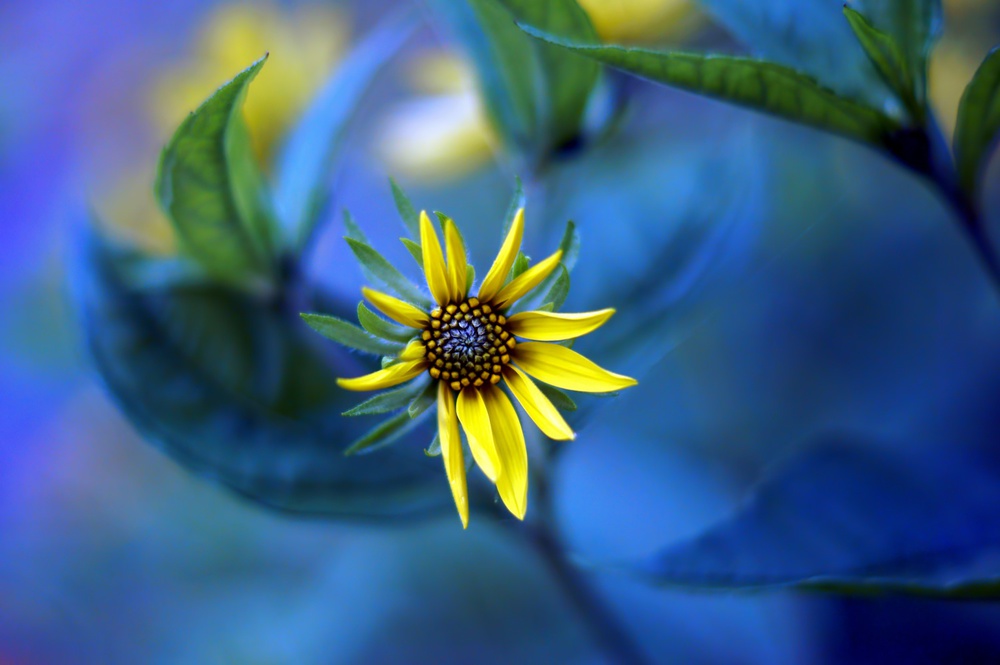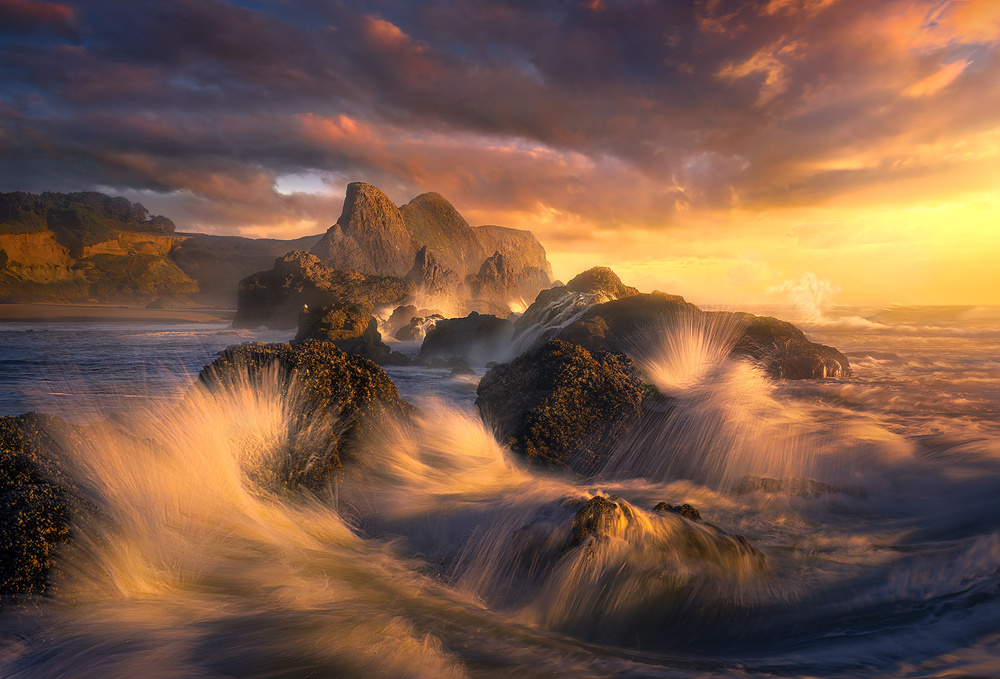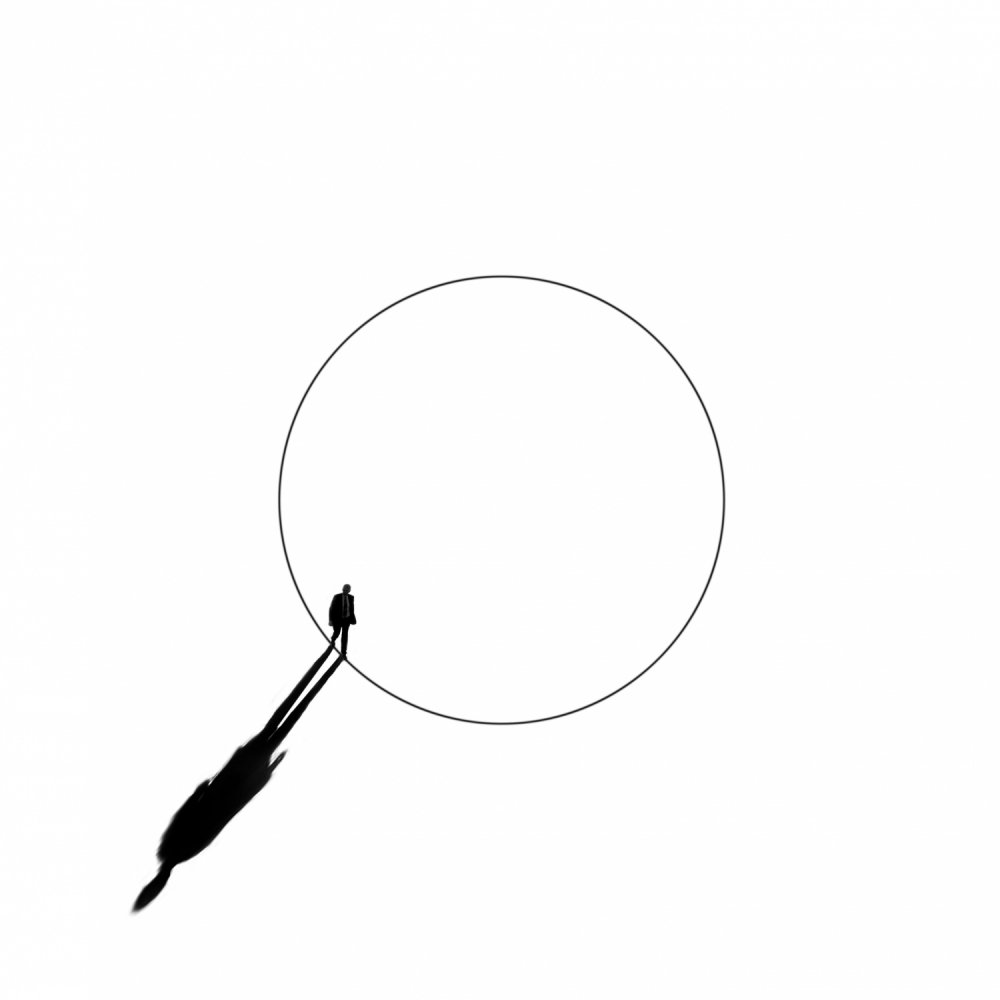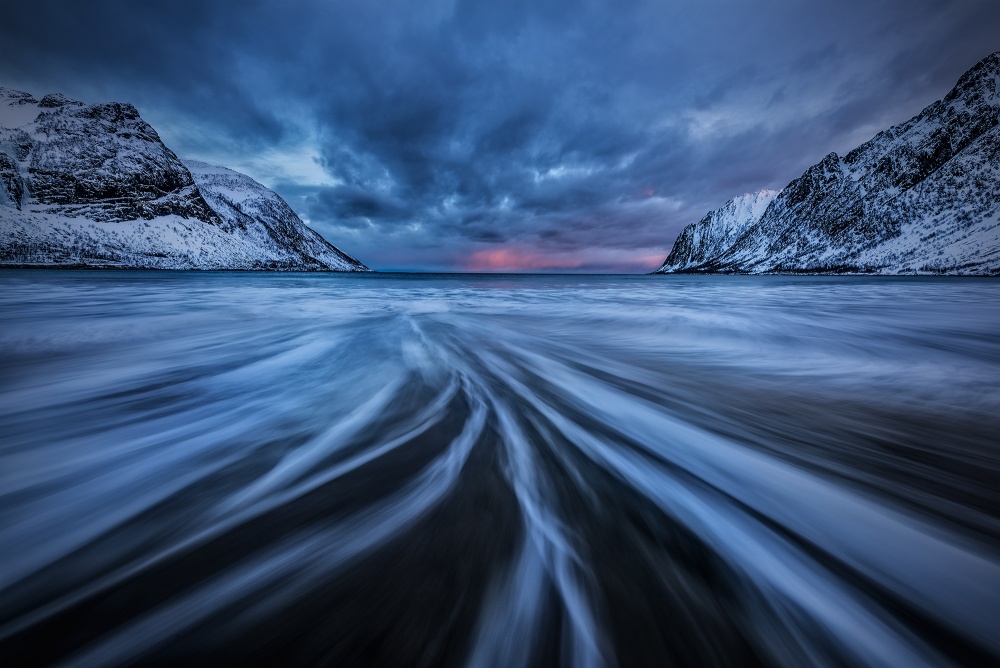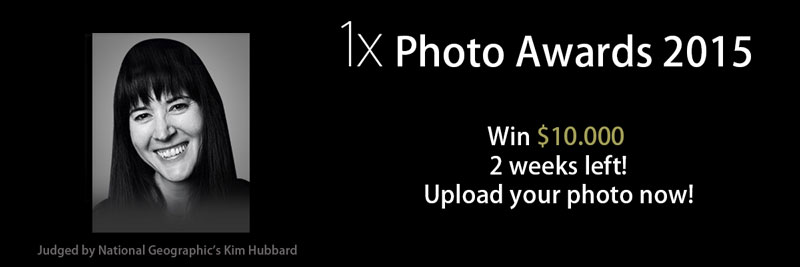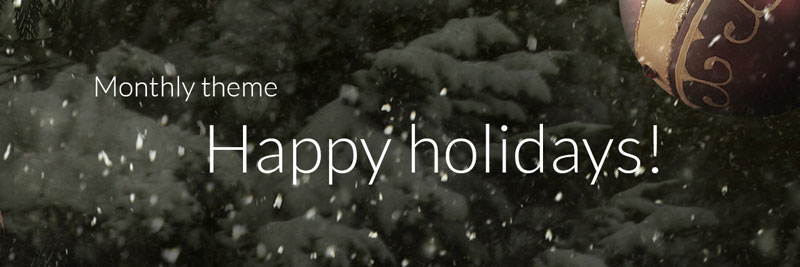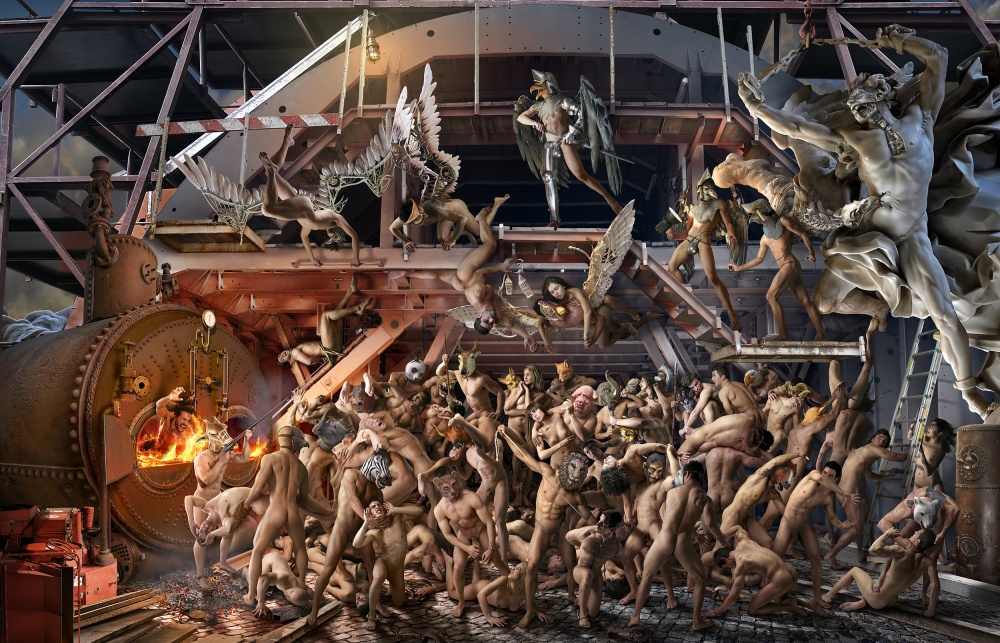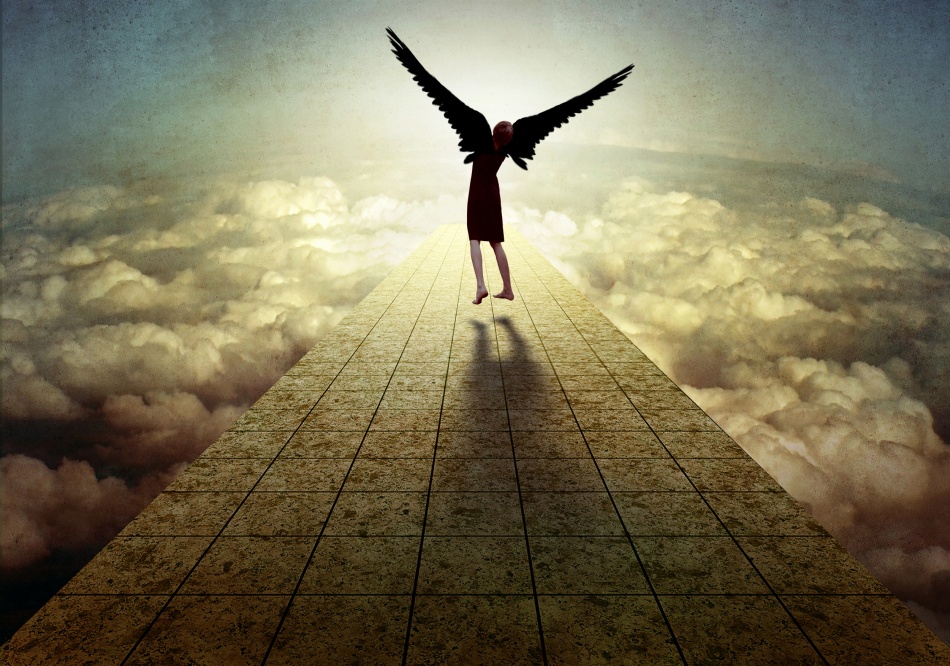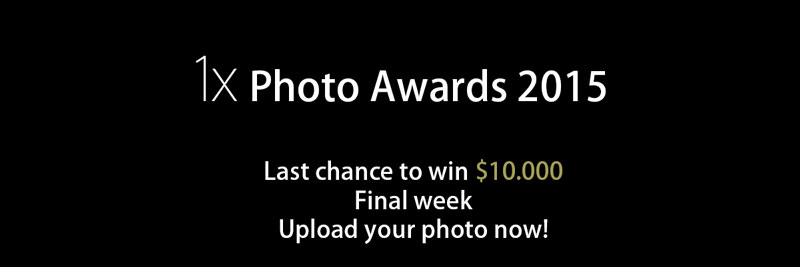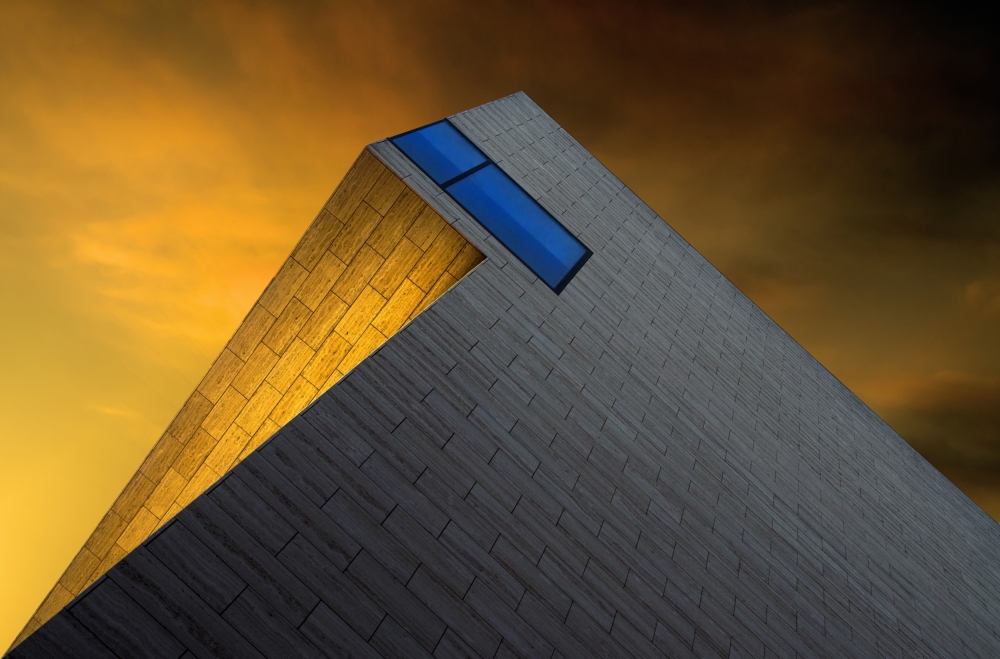Contests
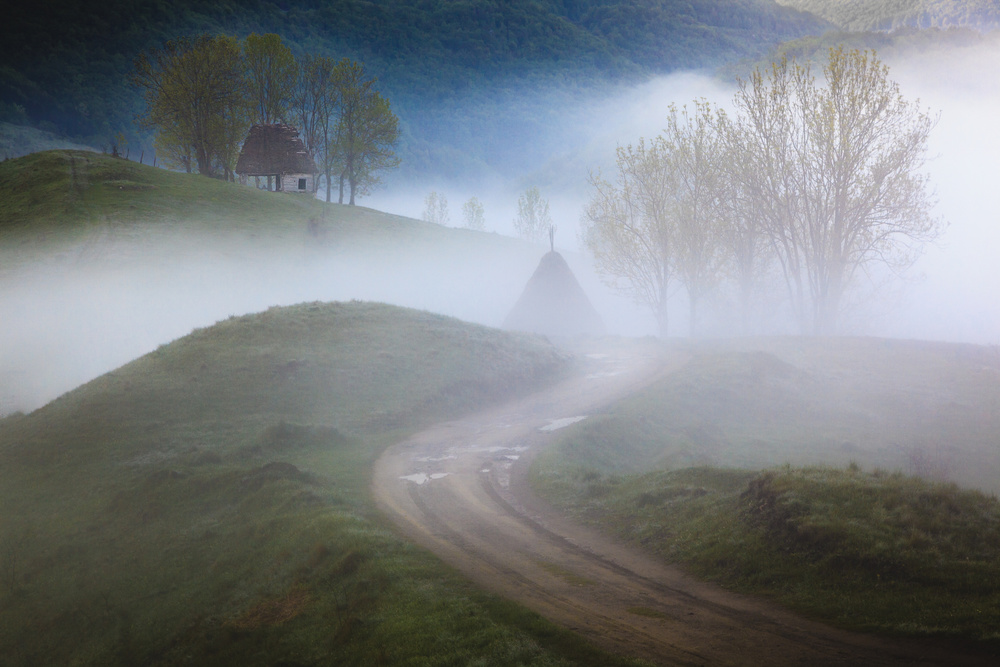
Photographer of the week: Sebastiaen
1x Blog ContestsRomania has many talented photographers; 1x photographer Sebastiaen is one of them. His photos are mainly documentary work and they reflect the history and daily life in his country. He was awarded in many photo contests and International Photographic Salons. He also had several successful exhibitions in his country. Let's have a glimpse at his work and his personality. Thanks to Yvette Depaepe for conducting the interview.
Tell us about yourself, your hobbies and other jobs. How has your history and life experiences affected your photography?
I was born 39 years ago in a lovely small town called Orăștie, (German name: Broos), in Transylvania. Orăștie has always been considered as a regional cultural centre. One of the oldest human settlements in Romania, from the times of Dacians and Romans, close to Sarmizegetusa is Fundătura Ponorului, a place where it was love at first sight for me because it seemed time had just stopped and life was so simple over there. Truly, this is one of the most photogenic spots in all of Europe, but unfortunately not known to many of my own countrymen. Most of my favorite photographs are located in Fundătura Ponorului, called by some, the “Hand of God”.
I improved my photographic skills with the help of my mentor, Sorin Onișor, a great Romanian photographer, who was the first to make me aware of my passion for photography. He is more than a photographer, he knows history, he has excellent communication skills and “get in contact with the subject” knowledge. I will always be very grateful for his insight and perspective.
I started like a rocket in the photographic world. I almost lost friends, I almost abandoned my family, all this because of photography, outdoor photography. But I did it like a calling, like it is my duty to do it. I had to experience it and I will never feel sorry for that. Finally I found my equilibrium and enough quality time with my family, as well. I won new friends, photographers! Now I am feeling great about everything!
Are there any specific directions that you would like to take your photography in the future or any specific goals that you wish to achieve?
What do you think about 1X as a home base for your work?

